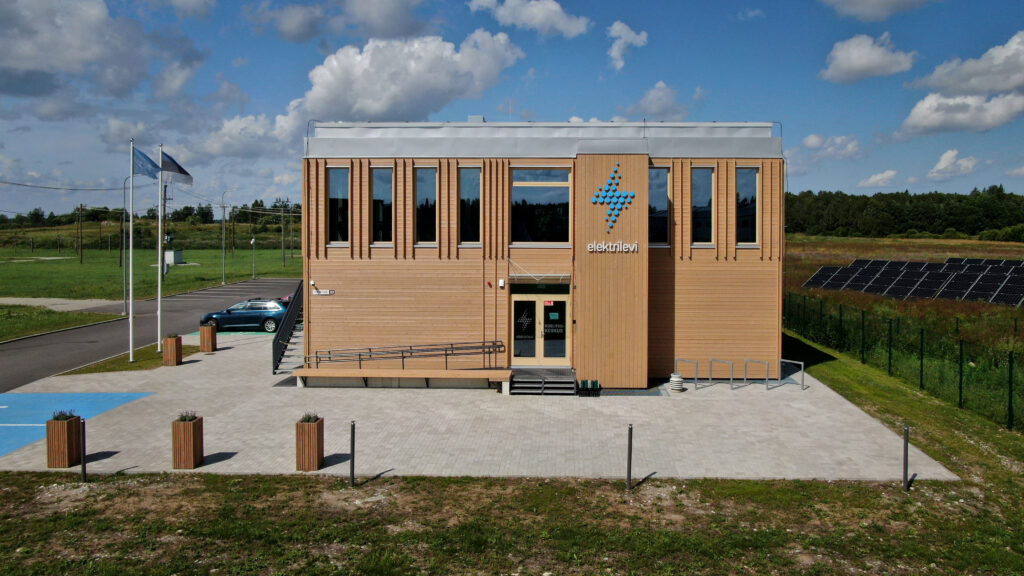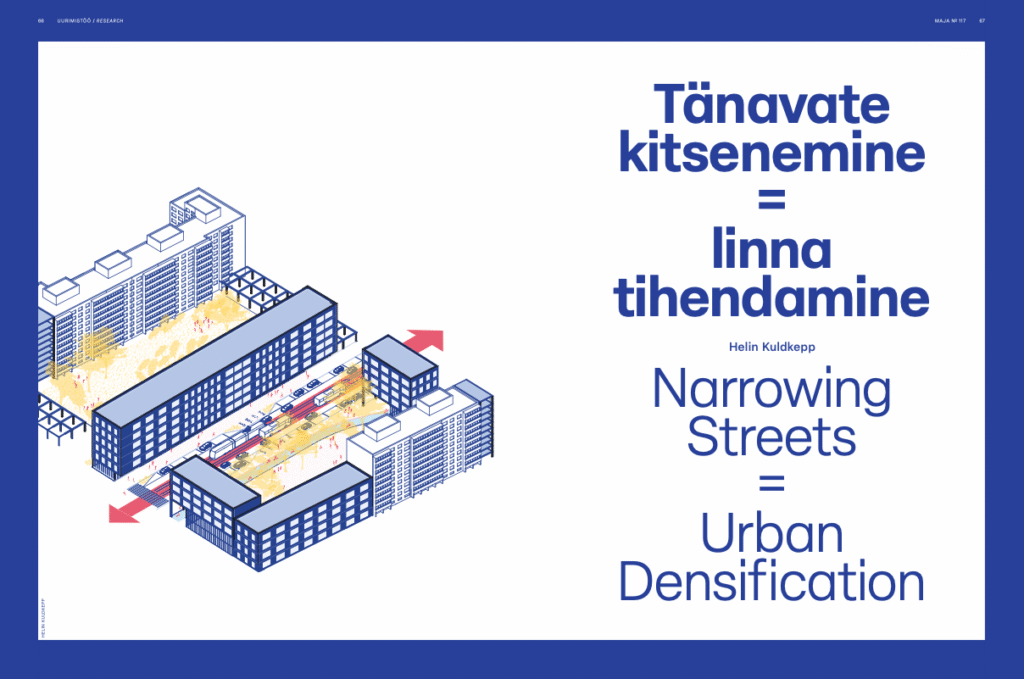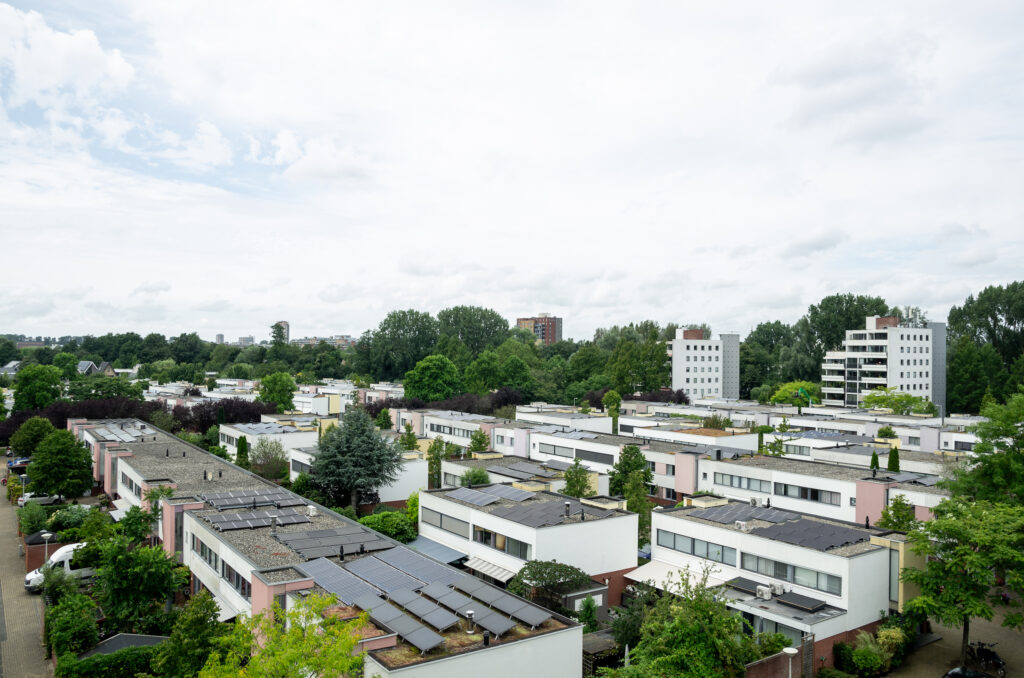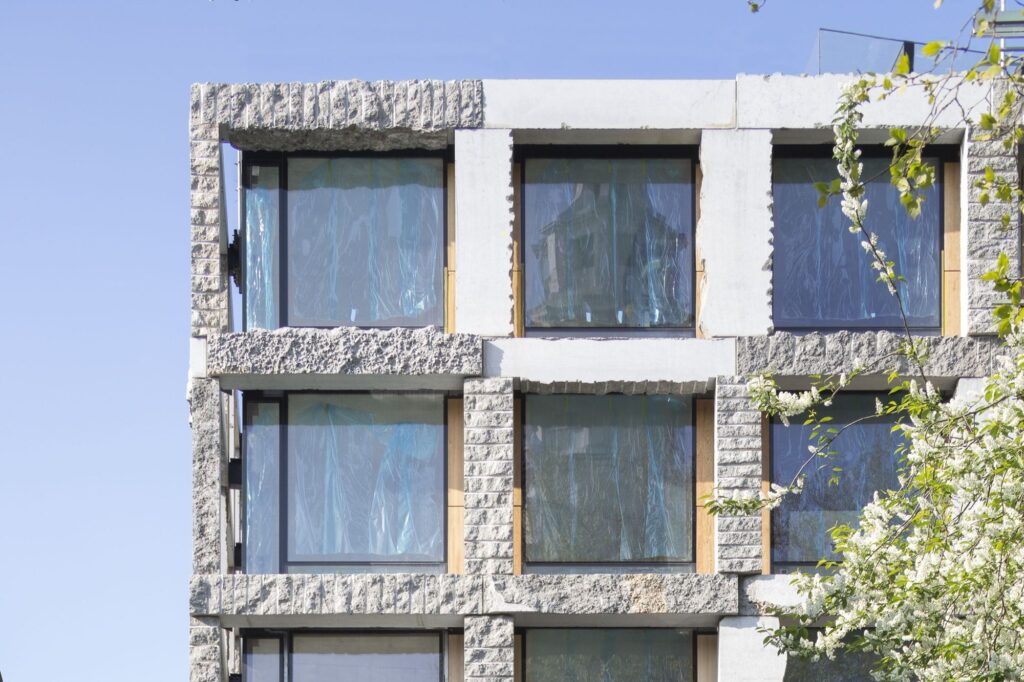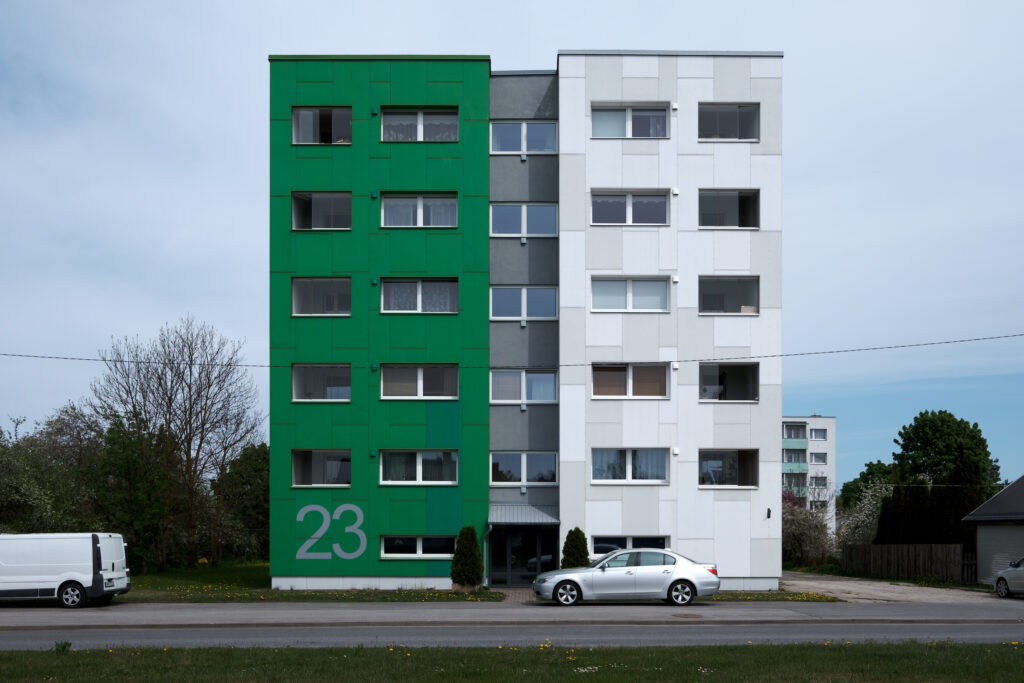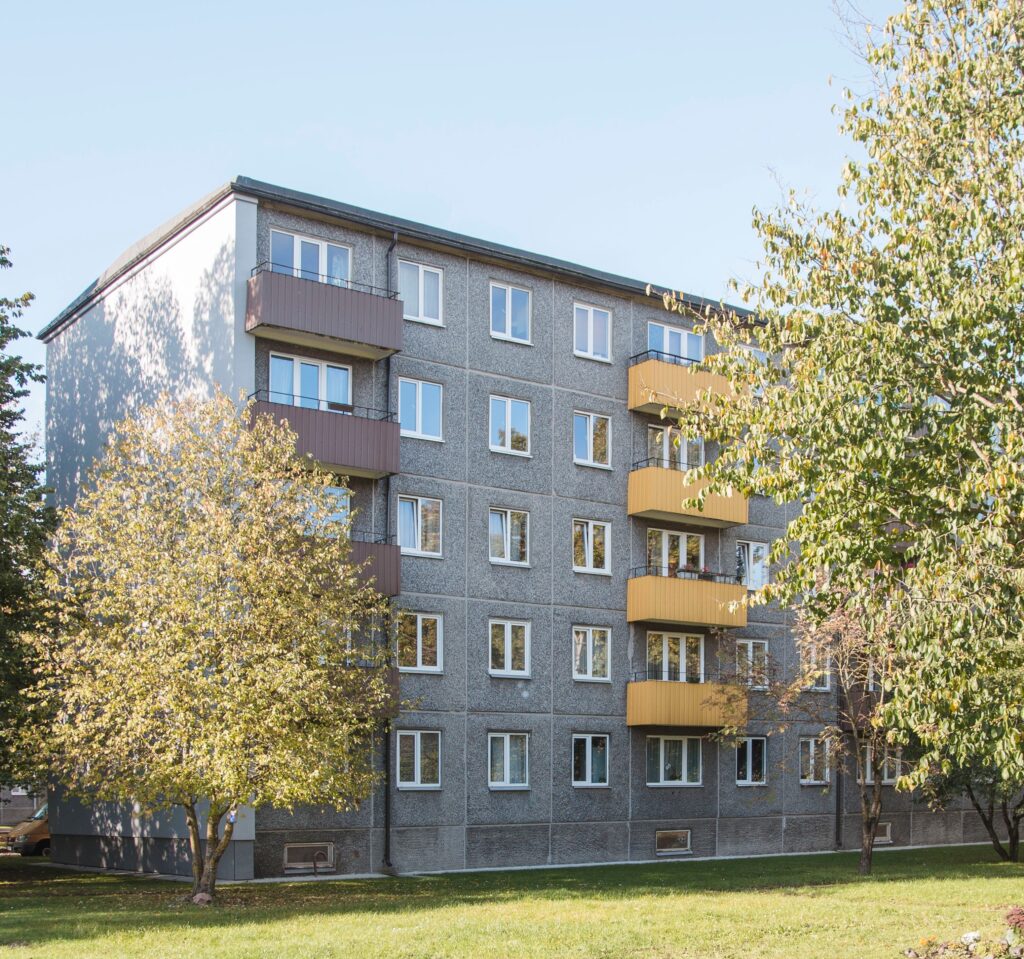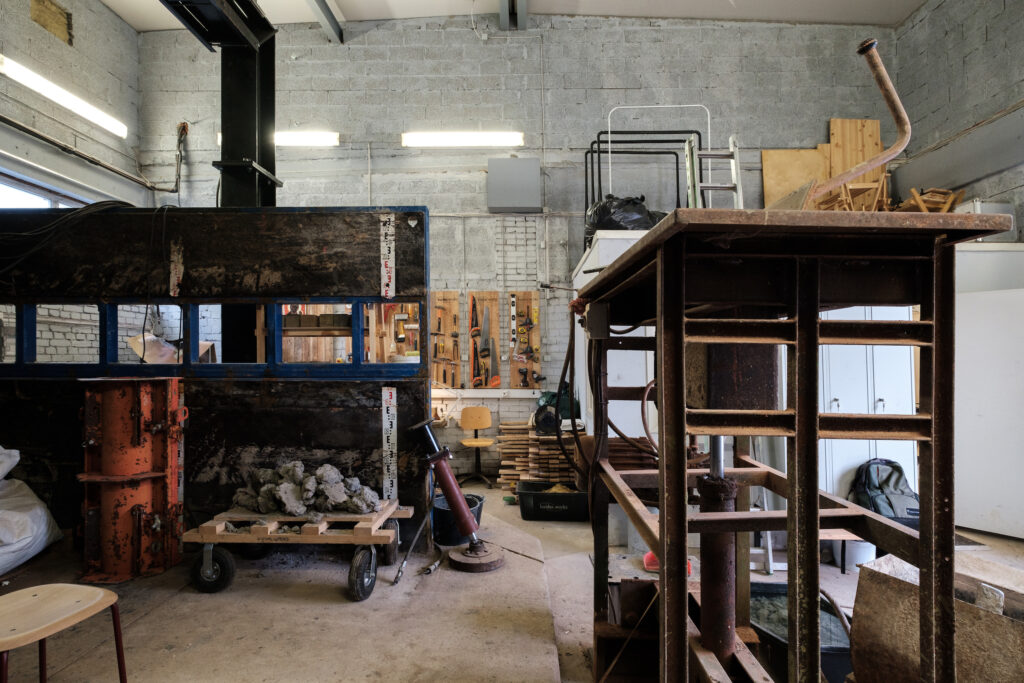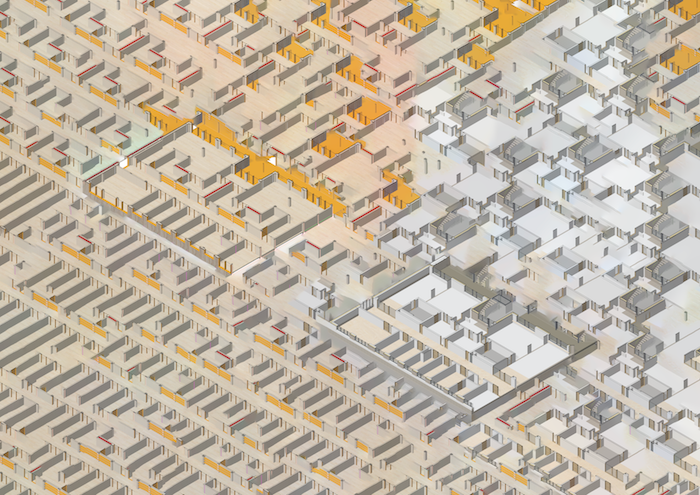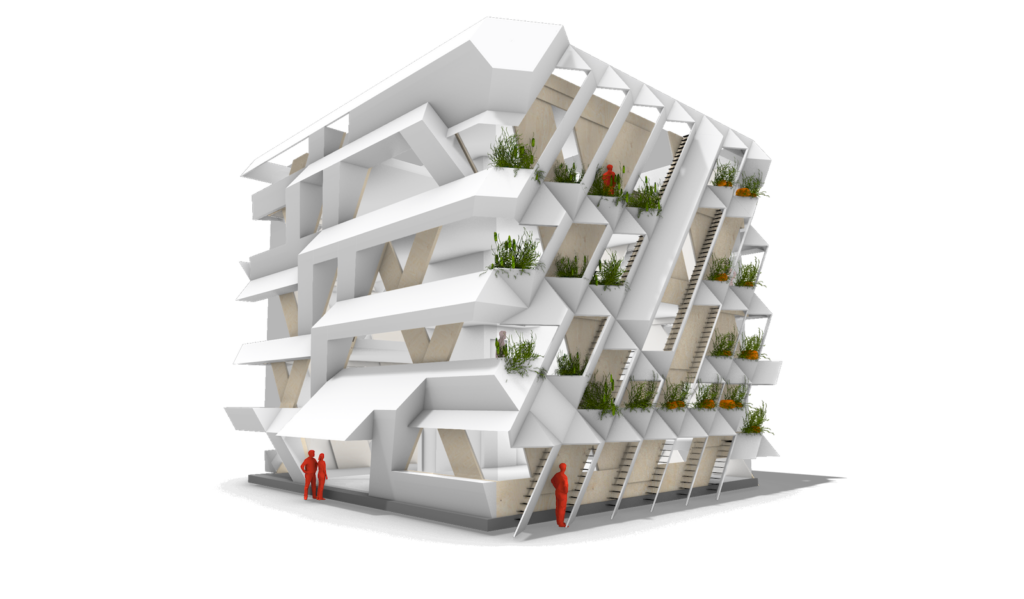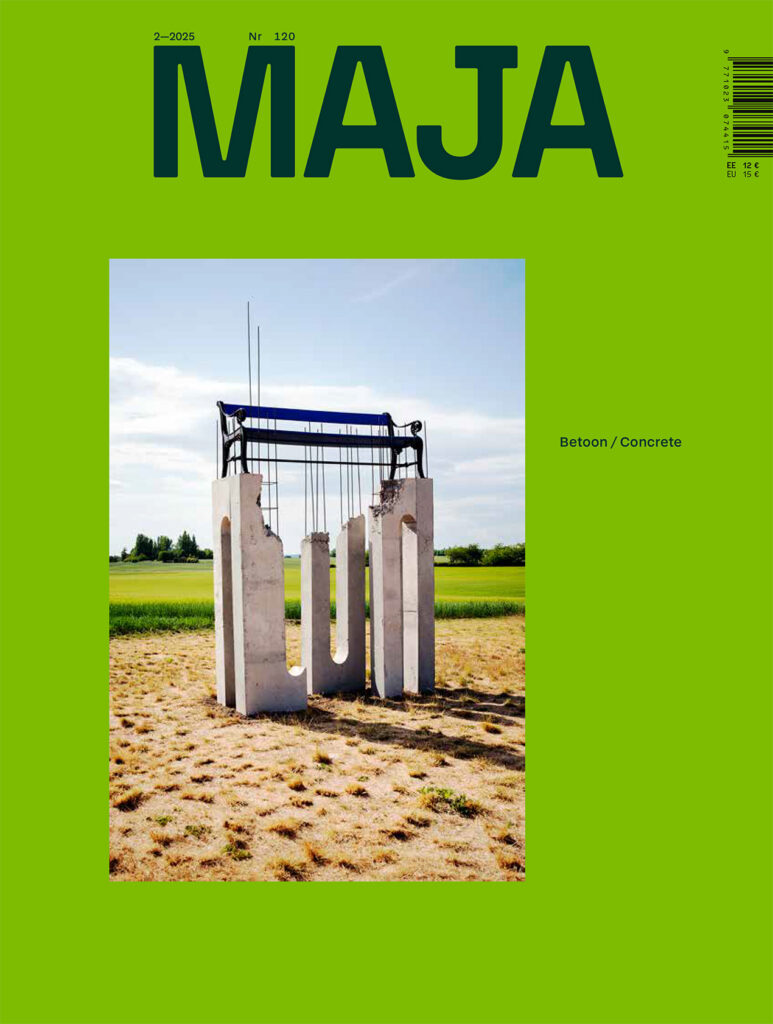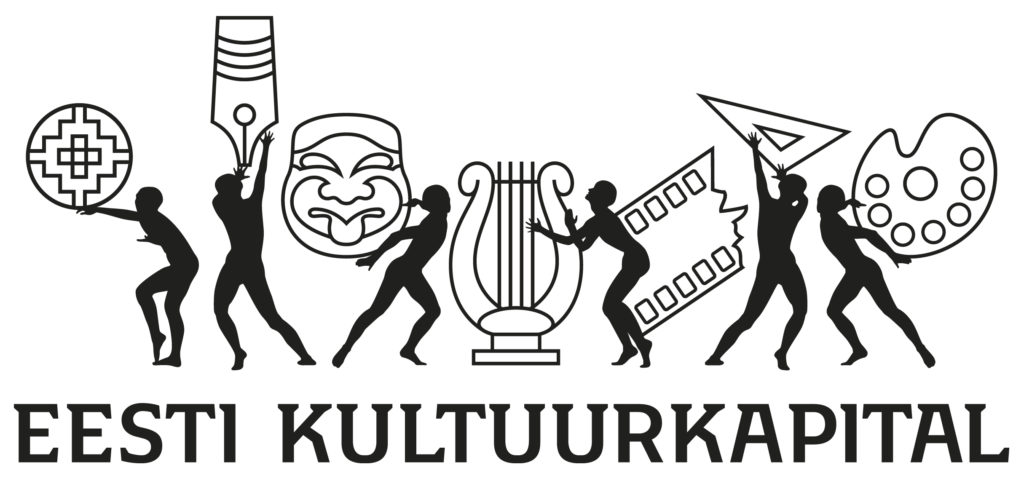SMART
The nostalgic image of an architecture office full of drawing boards and rapidographs is alien to the generation born after the restoration of Estonian independence. We began our architecture studies by acquiring basic computer skills and then boldly plunged into the world of 2D and 3D, visualisation and BIM design.
Maxime Cunin of Superworld writes about designing infrastructure of and for sharing.
Antoine Picon is the G. Ware Travelstead Professor of the History of Architecture and Technology at the Harvard Graduate School of Design and chair of the PhD program in architecture, landscape architecture, and urban planning. In addition to his activities in Boston, he is closely connected to Tallinn and the Estonian Academy of Arts, where Antoine Picon supervises PhD students and advises the Faculty of Architecture. Recently, the university awarded him an honorary doctoral degree—Doctor Honoris Causa—for your achievements and support.
When a certain building technology or material is sidelined for an extended period, one is bound to get the impression that it is intrinsically obsolete. This has happened with natural stone, which architects, when asked about its potential for use, describe only as being too expensive, too labour-intensive, incompatible with the public procurement system and, as can be witnessed in renovation projects, simply too complicated to build with. The inability to imagine a future different from the present is typical to the 21st century, and hence, the main use of limestone in Estonia remains blasting it into rubble that can be utilised as landfill and concrete aggregate.
Improving the architectural quality of the existing housing stock requires integrating engineering solutions with architectural decisions. In the ongoing renovation marathon, it is important to discuss what kind of added value could be drawn from the existing to unleash the full spatial potential of renovation and to create good user-friendly spaces, writes Diana Drobot.
The expiration of a building’s service life does not mean the building has exhausted itself, say Simo Ilomets and Anni Martin. They see the renovation of Estonia’s ageing housing stock and the reuse of building material as a technical as well as a creative challenge where architects’ involvement is essential.
The sedimentary layer of Estonia deserves valorisation, conclude the material development and design studio kuidas.works. Maria Luiga and Hannes Praks write about their recent earth-based construction study trip to Paris.
An industrial construction technology based on modular and reusable building components can resolve many problems in the construction sector.
There are several unique historical architectural layers in Tallinn with the short period of wooden apartment buildings constructed in 1870–1920 standing out as one of the most distinctive spans. The most captivating of the standardised projects of the time is the Lender building named after the engineer and mayor of Tallinn.1 It is an adjustable pattern-building: mostly a two-storey wooden apartment complex with a generous degree of flexibility in layout and volume thus allowing the construction of bespoke houses.
Postitused otsas
ARCHITECTURE AWARDS


